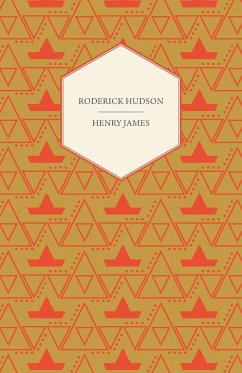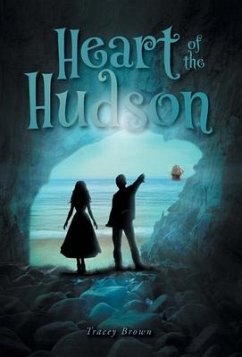Roderick Hudson was begun in Florence in the spring of 1874, designed from the first for serial publication in The Atlantic Monthly, where it opened in January 1875 and persisted through the year. I yield to the pleasure of placing these circumstances on record, as I shall place others, and as I have yielded to the need of renewing acquaintance with the book after a quarter of a century. This revival of an all but extinct relation with an early work may often produce for an artist, I think, more kinds of interest and emotion than he shall find it easy to express, and yet will light not a little, to his eyes, that veiled face of his Muse which he is condemned for ever and all anxiously to study. The art of representation bristles with questions the very terms of which are difficult to apply and to appreciate but whatever makes it arduous makes it, for our refreshment, infinite, causes the practice of it, with experience, to spread round us in a widening, not in a narrowing circle. Therefore it is that experience has to organise, for convenience and cheer, some system of observation for fear, in the admirable immensity, of losing its way. We see it as pausing from time to time to consult its notes, to measure, for guidance, as many aspects and distances as possible, as many steps taken and obstacles mastered and fruits gathered and beauties enjoyed. Everything counts, nothing is superfluous in such a survey the explorers note-book strikes me here as endlessly receptive. This accordingly is what I mean by the contributive value or put it simply as, to ones own sense, the beguiling charm of the accessory facts in a given artistic case. This is why, as one looks back, the private history of any sincere work, however modest its pretensions, looms with its own completeness in the rich, ambiguous aesthetic air, and seems at once to borrow a dignity and to mark, so to say, a station. This is why, reading over, for revision, correction and republication, the volumes here in hand, I find myself, all attentively, in presence of some such recording scroll or engraved commemorative table from which the private character, moreover, quite insists on dropping out. These notes represent, over a considerable course, the continuity of an artists endeavour, the growth of his whole operative consciousness and, best of all, perhaps, their own tendency to multiply, with the implication, thereby, of a memory much enriched.
Hinweis: Dieser Artikel kann nur an eine deutsche Lieferadresse ausgeliefert werden.
Hinweis: Dieser Artikel kann nur an eine deutsche Lieferadresse ausgeliefert werden.








